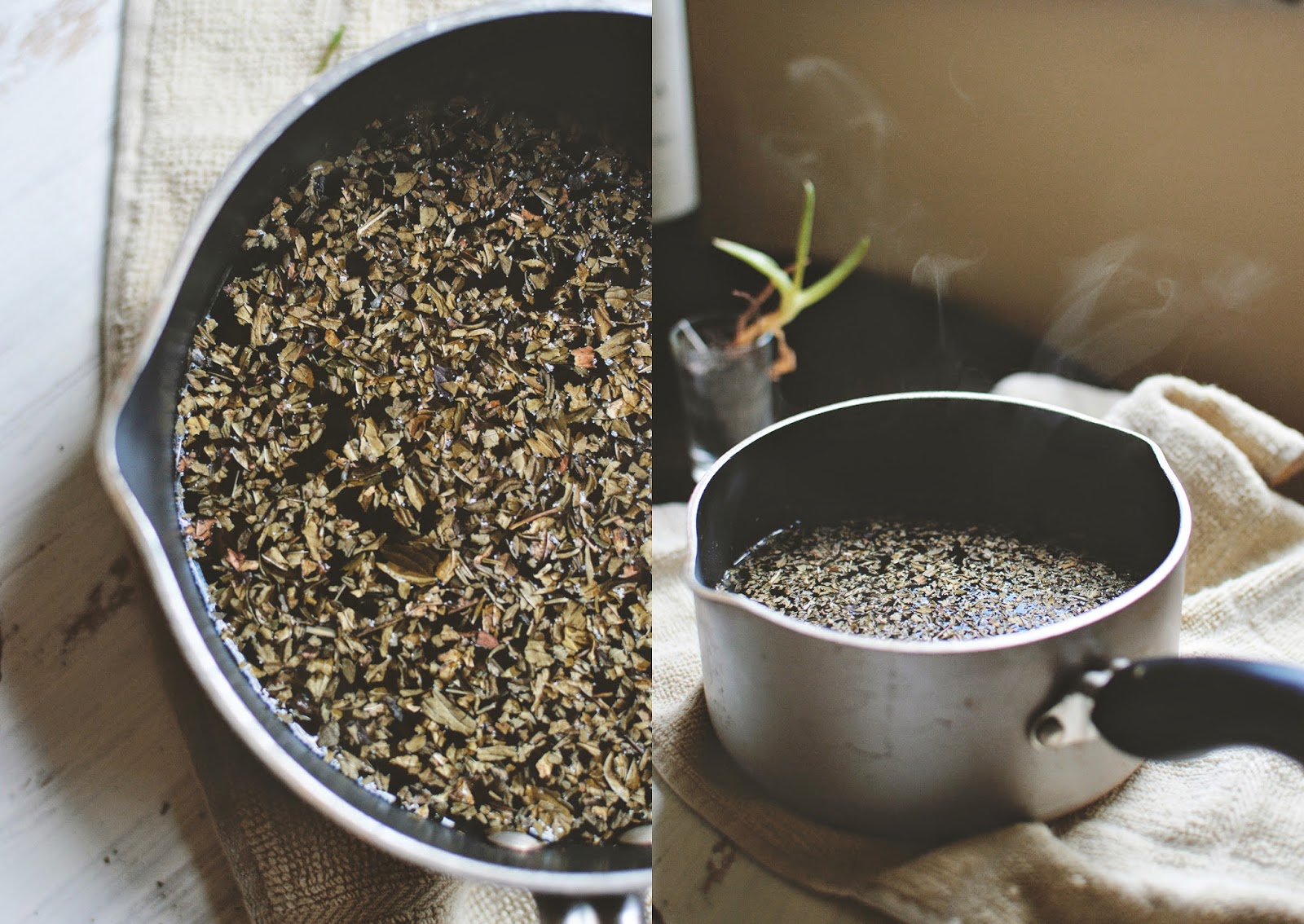Brahmi has long been revered in Ayurvedic medicine as its most valuable nervine—an herb that benefits the nervous system. It revitalizes the brain cells, removes toxins and blockages within the nervous system, and improves memory and concentration. Indian yogis eat a few fresh Himalayan brahmi leaves daily. This practice optimizes their capacity for meditation by awakening the crown chakra and balancing the right and left hemispheres of the brain.
In addition to nurturing brain power and nervous system health, brahmi contributes to many other aspects of wellness. It calms the heart and helps protect against heart attacks. As an antispasmodic agent as well as a nervine, this multi-functional herb helps ease recovery from every kind of addiction, whether it’s to alcohol, drugs, or sugar. Brahmi also purifies the blood, boosts immunity, and supports liver and kidney health, as well as aiding management of sexually transmitted diseases.
Brahmi is also known for its dosha-balancing qualities. It not only balances and refreshes pitta, but also actively reduces excess kapha. Brahmi can also pacify vata imbalances, especially when combined with other vata-reducing herbs like ashwagandha.
According to Ayurvedic texts, brahmi ghee is an essential medicine for the mind and heart that should be kept in every home. It can be taken in small amounts daily to maintain good health. As a milk decoction, the herb is an excellent brain tonic, particularly when combined with ashwagandha. Brahmi taken with holy basil and a little black pepper is recommended for all kinds of fevers. Many people find that drinking a cup of brahmi tea sweetened with honey before meditation greatly enhances their practice.
Source: Vasant Lad and David Frawley, The Yoga of Herbs: An Ayurvedic Guide to Herbal Medicine, Lotus Press (January 25, 1986).
Disclaimer
The sole purpose of these articles is to provide information about the tradition of Ayurveda. This information is not intended for use in the diagnosis, treatment, cure, or prevention of any disease.


